Plasma treatment of electrodes
for environmental and biomedical applications
Jiri Navratil – R&D Engineer for Aerosol Jet Printing at University of West Bohemia in Pilsen reports on his experiences with the different plasma systems of relyon plasma for the plasma treatment of electrodes for environmental and biomedical applications.
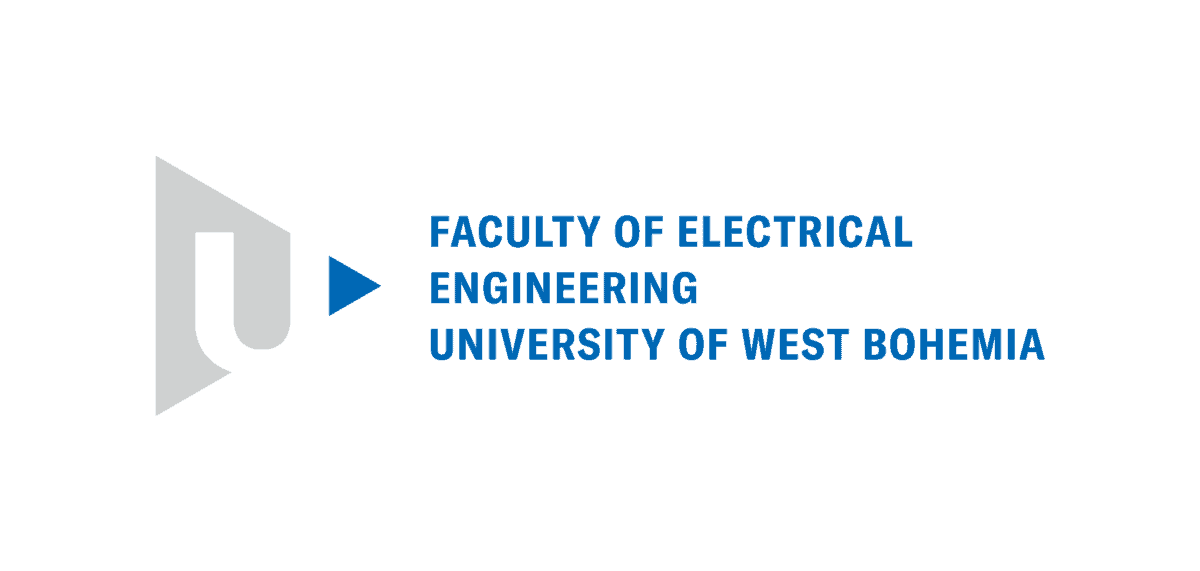
At the University of West Bohemia the plasma system plasmabrush® PB3 is integrated into the Aerosol Jet Printing System. The plasmabrush® PB3 is the high power system suitable for a very fast treatment of larger areas – in this case mostly PET, polyimide or other thin film substrates. However University of West Bohemia is also working with smart textiles or small scale fragile substrates. Glass, ceramic or silicon samples can be easily blown away by the plasmabrush® PB3 system without proper fixation. Thus the smaller piezobrush® PZ2 system as a handy tool for the laboratory is used whenever only a few seconds of plasma treatment is needed prior to the deposition of liquid material. The piezobrush® PZ2 is a plug-and-play system, ready to use in seconds. No special substrate fixation is required since the gas flow is much lower than with the plasmabrush® PB3 device.
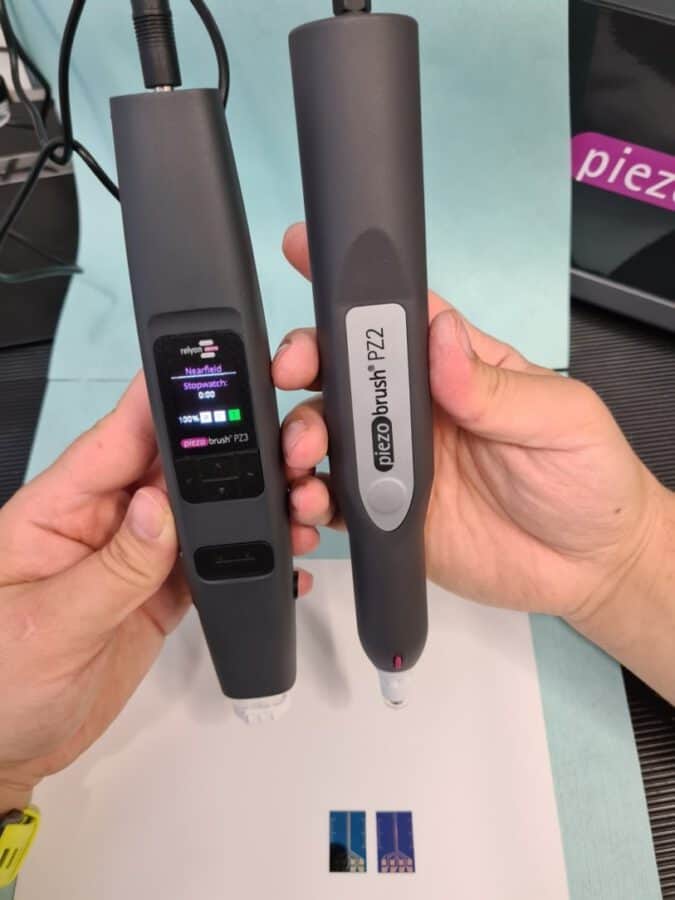
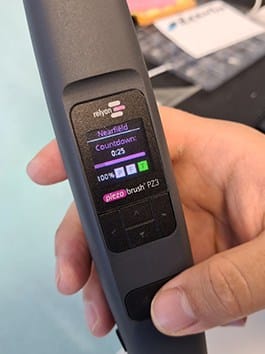
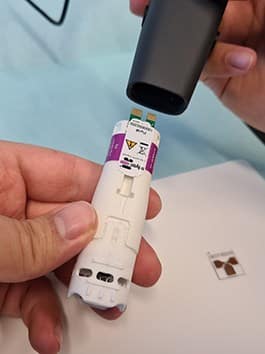
Carbon allotropes with rationalized nanointerfaces and nanolinks for environmental and biomedical applications
The applications introduced in this case study are part of the project called CARAT. This stands for carbon allotropes with rationalized nanointerfaces and nanolinks for environmental and biomedical applications. In one case the substrates are treated in different ways, e.g. with plasma, to achieve the lowest contact resistance between multiwall carbon nanotubes and golden or copper electrodes on silicon substrate. The carbon nanotubes are printed on the substrate by Aerosol Jet system. Plasma treatment increases the surface energy and thus improves the printing result.
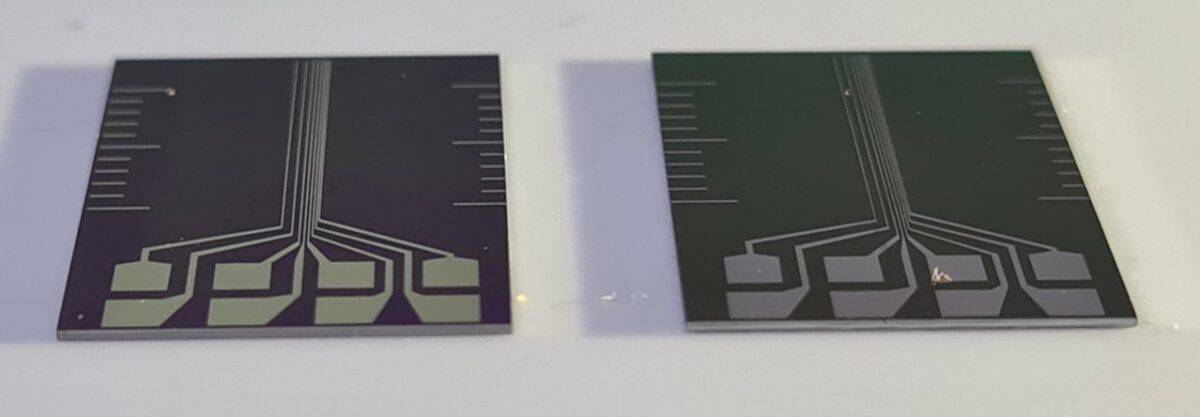
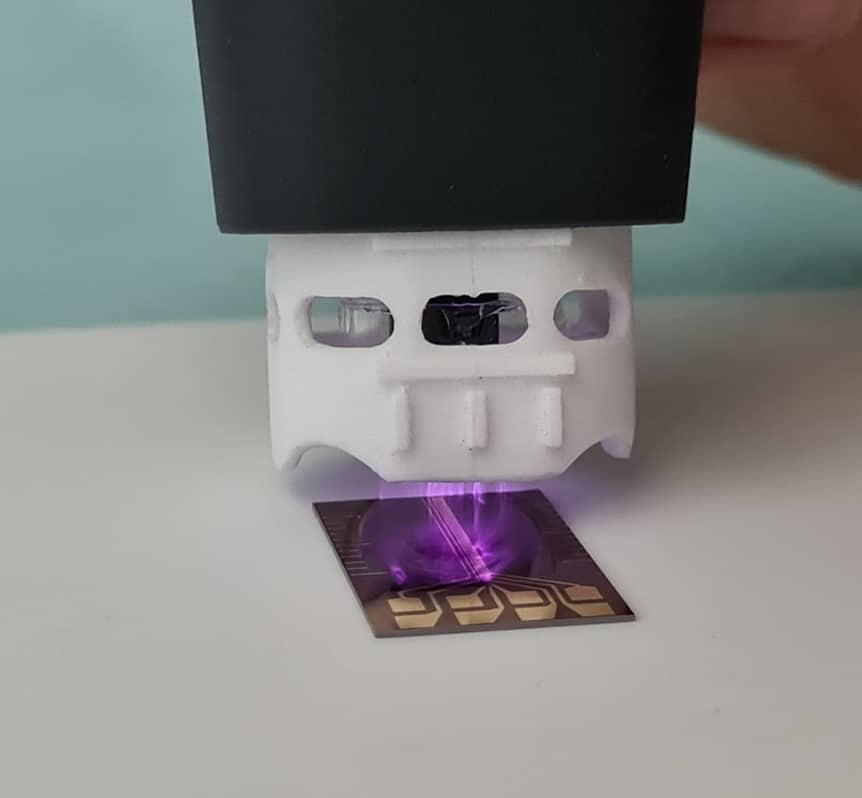
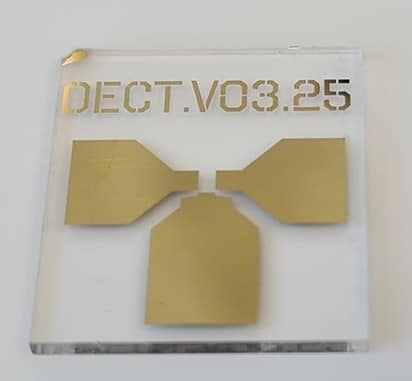
The other use case is in the field of organic electrochemical transistors (OECT) development. Here a PEDOT (organic conductive polymer) channel needs to be printed with a width of 200 µm and in as low and homogenous a thickness as possible. This can be achieved with the plasma pre-treatment which improves the surface energy of the substrates.
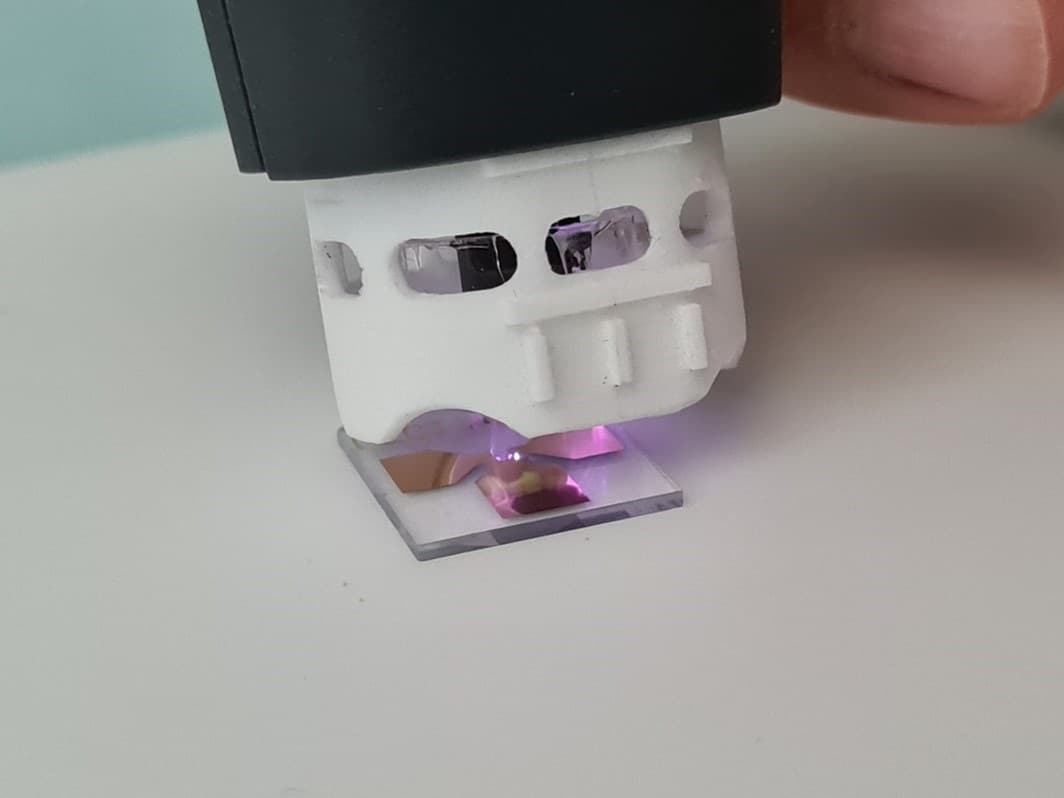
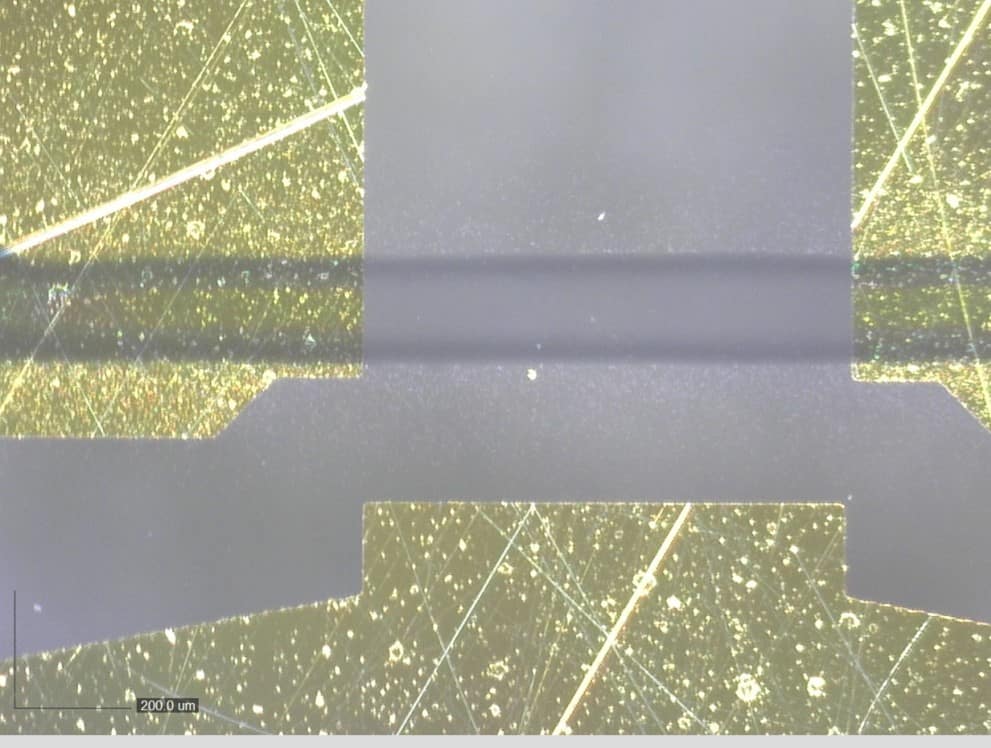
After PEDOT channel printing, the reservoir is made by dispensing of dielectric material. It is necessary for the ionic liquid which is dispensed into the reservoir in the next step. Here the plasma treatment again helps to improve adhesion and wetting angle of the used dielectric and ionic liquid.





